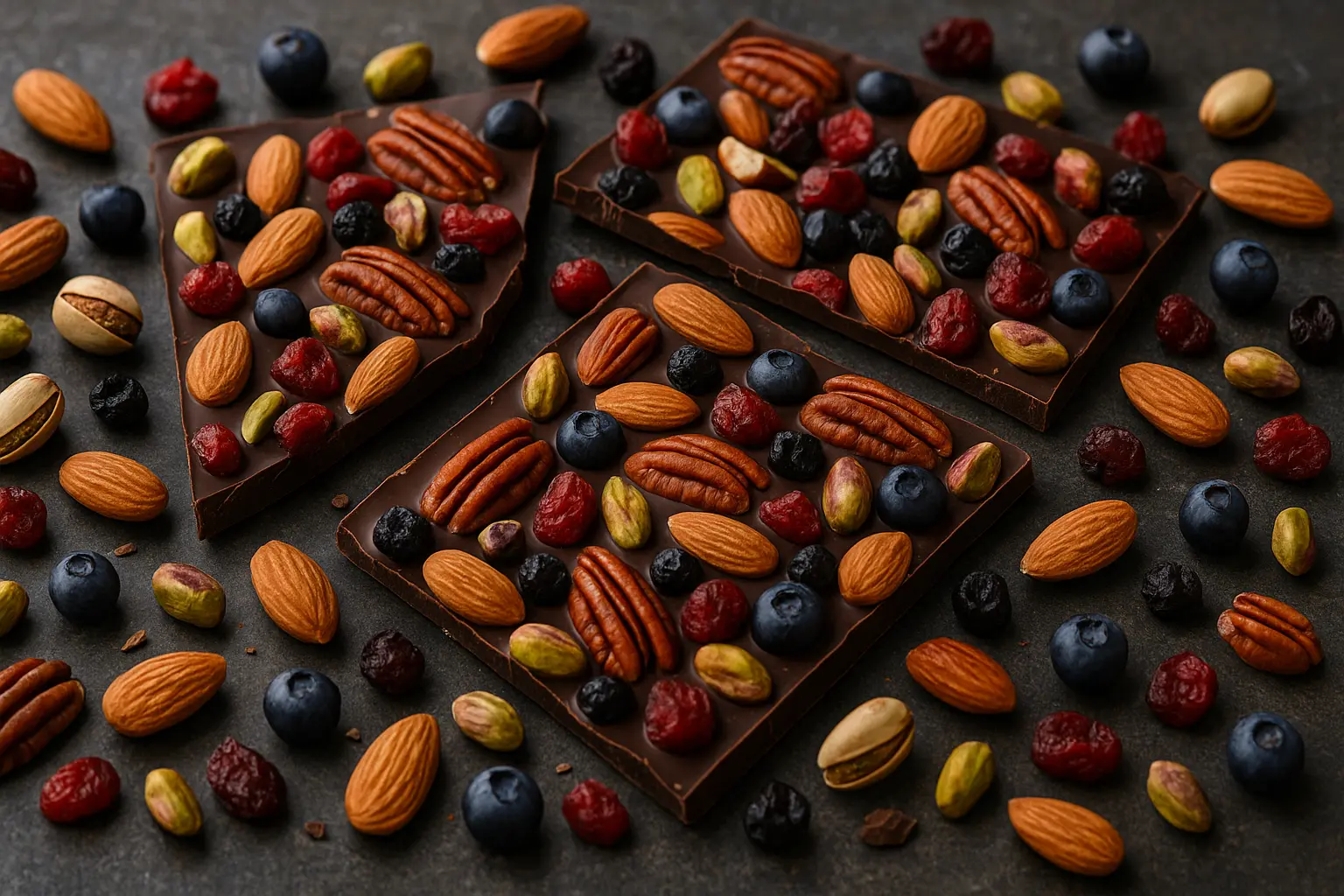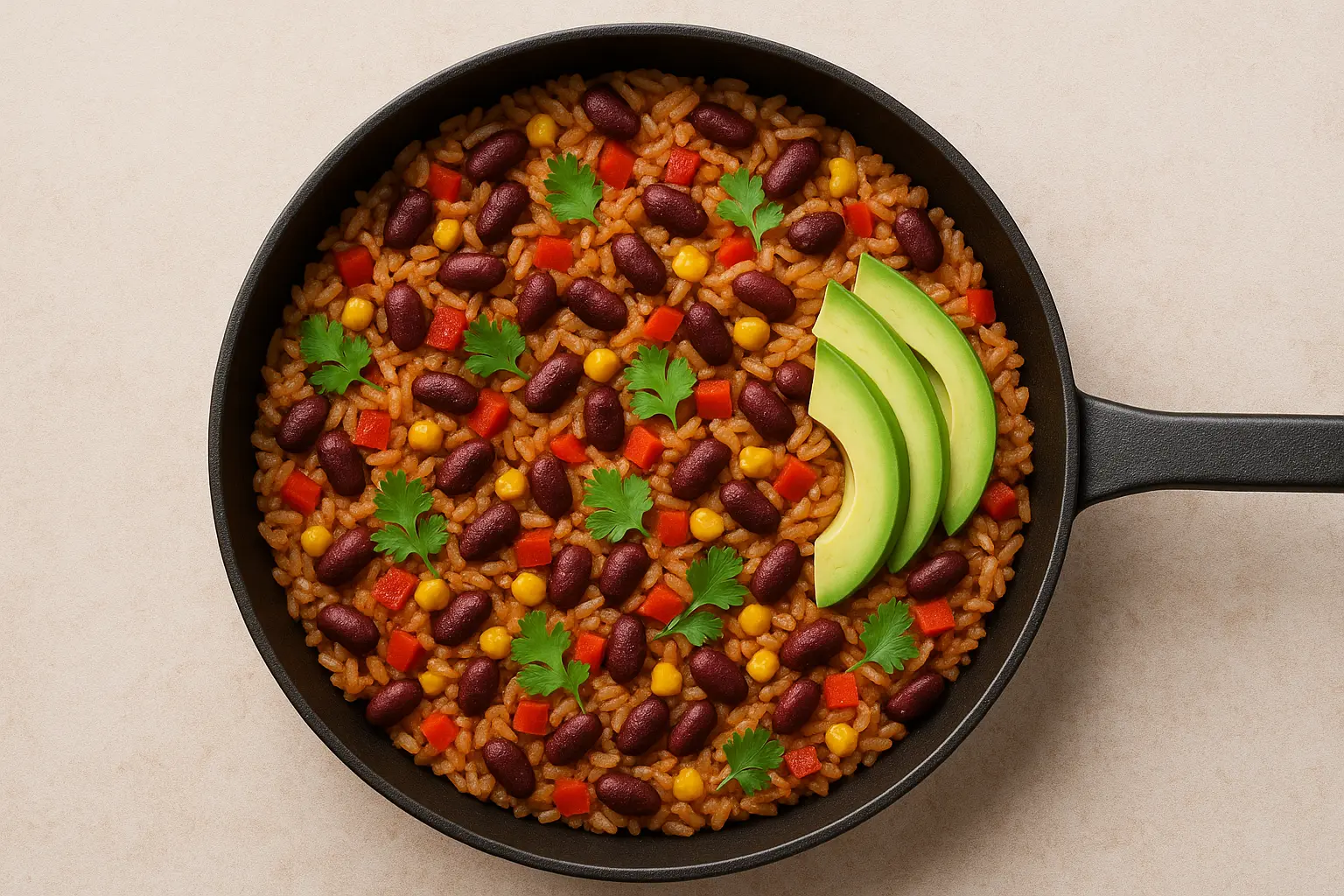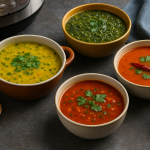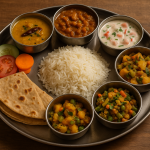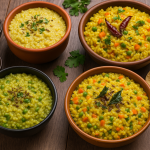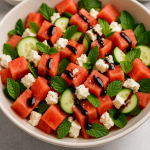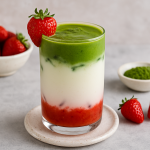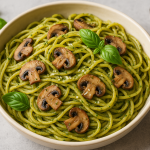Stir-fries are one of the most versatile and vibrant dishes in Asian cooking. They’re quick to make, endlessly adaptable, and incredibly satisfying — especially when you know how to balance flavors and textures. This blog explores everything you need to know about crafting flavorful, healthy, and colorful veggie stir-fries using authentic Asian sauces.
Whether you love Chinese-style soy-garlic sauces, Thai sweet chili combinations, or Japanese teriyaki glazes, this guide walks you through techniques, ingredients, and flavor pairing secrets that make every stir-fry shine.
Why Stir-Fries Are Perfect for Everyday Cooking
There’s a reason stir-fries are beloved across the world — they’re:
- Quick: Most recipes take under 30 minutes from chopping board to plate.
- Healthy: Loaded with vegetables, lean proteins (or plant-based alternatives), and light sauces.
- Customizable: You can use whatever’s in your fridge — carrots, broccoli, tofu, mushrooms, or noodles.
- Budget-Friendly: Minimal ingredients, maximum flavor.
- One-Pan Magic: You only need a wok or skillet — no extra dishes.
Asian stir-fries also make it easy to embrace vegan and vegetarian diets without sacrificing taste. The key lies in mastering sauce balance — that perfect mix of salty, sweet, spicy, and umami.
Understanding the Art of the Sauce
Sauce is the soul of a great stir-fry. In Asian cooking, sauces provide depth and harmony to otherwise simple vegetables. Let’s explore a few common bases:
1. Chinese-Style Garlic Soy Sauce
A combination of light soy sauce, dark soy sauce, ginger, garlic, and a hint of sesame oil creates that rich, aromatic glaze you find in Chinese takeout.
- Flavor profile: Savory and aromatic with deep umami.
- Perfect for: Broccoli, carrots, snow peas, mushrooms, and tofu.
2. Thai Sweet Chili & Lime
This sauce adds sweetness and tang with a touch of heat.
- Ingredients: Thai sweet chili sauce, lime juice, soy sauce, and garlic.
- Flavor profile: Sweet, spicy, and zesty.
- Perfect for: Cauliflower, red capsicum, zucchini, and baby corn.
3. Japanese Teriyaki Glaze
Teriyaki is both glossy and comforting.
- Ingredients: Soy sauce, mirin, sake, brown sugar, and ginger.
- Flavor profile: Sweet and salty with mild umami.
- Perfect for: Eggplant, bok choy, snap peas, or tofu cubes.
4. Korean Gochujang Stir-Fry
A spicy and bold sauce using gochujang (Korean red chili paste), soy sauce, rice vinegar, and sesame oil.
- Flavor profile: Spicy, smoky, and slightly fermented.
- Perfect for: Mushrooms, onions, and tofu for that extra punch.
Each sauce creates a different personality for your stir-fry. You can make a few of these in batches, store them in jars, and instantly turn any mix of vegetables into a satisfying meal.
The Essential Veggies for Stir-Fries
Not all vegetables behave the same way when exposed to high heat. Some release water quickly, while others hold texture better. A good stir-fry blends crisp and tender ingredients for contrast.
Best Vegetables for Stir-Frying:
- Broccoli & Broccolini – Crunchy, fiber-rich, and absorb sauces beautifully.
- Carrots – Add color and natural sweetness.
- Capsicum (Bell Peppers) – Provide juicy crunch.
- Mushrooms (Button, Shiitake, or Oyster) – Add meaty umami.
- Snow Peas / Sugar Snap Peas – Light and crisp.
- Zucchini – Soft and mild, pairs well with spicy sauces.
- Baby Corn – Adds sweetness and texture.
- Bok Choy / Chinese Cabbage – Adds freshness and leafy greens.
- Onions & Spring Onions – Create aroma and depth.
For a well-balanced bowl, combine 2–3 firm vegetables (like carrots, broccoli, baby corn) with 2 soft ones (like mushrooms, bok choy, zucchini).
Choosing the Right Oil and Heat
The hallmark of a good stir-fry is that smoky, charred aroma — known in Chinese as “wok hei.” To achieve it, you need:
- High heat: Always preheat your pan or wok before adding oil.
- Right oil: Use oils with high smoke points like peanut oil, sunflower oil, or sesame oil (for flavor at the end).
- Constant movement: Keep stirring or tossing to prevent burning.
Avoid olive oil or butter — they can’t handle the heat and alter the authentic taste.
The Step-by-Step Stir-Fry Technique
Here’s a foolproof method that applies to nearly every stir-fry:
- Prep all ingredients first.
Chop vegetables evenly for uniform cooking. Keep sauces measured and ready — stir-fries move fast! - Preheat the wok or skillet.
Add oil and swirl it around to coat. Wait until it shimmers before adding ingredients. - Start with aromatics.
Garlic, ginger, and onion go in first to release flavor into the oil. - Add firmer vegetables.
Broccoli, carrots, and baby corn need a few minutes to soften slightly. - Toss in softer veggies.
Add mushrooms, zucchini, or bok choy next. Stir constantly. - Pour in your sauce.
Let it coat everything evenly. The sauce should lightly bubble and thicken. - Finish with a splash of sesame oil or lime juice.
This brightens the flavors just before serving. - Serve immediately.
Stir-fries taste best when hot and fresh — never let them sit for long.
Protein Options for Veggie Stir-Fries
Even though we’re focusing on vegetables, plant-based proteins make these dishes heartier. Here are a few options:
- Tofu (extra firm): Absorbs flavor beautifully; press it before cooking.
- Tempeh: Nutty, firm, and rich in protein.
- Edamame: Great for adding texture.
- Seitan: Works well in thick sauces like teriyaki or hoisin.
- Chickpeas or lentils: Ideal for fusion-style stir-fries.
Pro tip: Pan-fry tofu first until golden and crisp, then add it back in at the end to prevent sogginess.
Noodles, Rice, or Grains — The Perfect Base
Stir-fries are incredibly versatile. You can serve them over:
- Steamed jasmine or brown rice for a classic base.
- Rice noodles or soba noodles for a full meal.
- Quinoa or millet for a healthier, gluten-free twist.
- Cauliflower rice if you’re cutting carbs.
Each base changes the dish’s character — rice keeps it traditional, while noodles make it comforting and indulgent.
Flavor Balancing: The Asian Way
Asian cuisine thrives on balance. The secret lies in harmonizing five primary tastes:
| Taste | Example Ingredient | Purpose |
|---|---|---|
| Salty | Soy sauce, miso | Depth and savoriness |
| Sweet | Sugar, mirin, hoisin | Balances saltiness |
| Sour | Rice vinegar, lime | Adds brightness |
| Spicy | Chili, gochujang | Builds intensity |
| Umami | Mushrooms, fermented sauces | Adds richness |
If your stir-fry feels flat, adjust with these:
- Add soy sauce for salt,
- Lime or vinegar for tang,
- Chili flakes for heat,
- A pinch of sugar for balance.
Common Mistakes to Avoid
- Overcrowding the pan: It steams your veggies instead of searing them. Cook in batches if necessary.
- Skipping the prep: Stir-fries are fast — once you start, there’s no time to chop.
- Overcooking: Vegetables should stay crisp-tender, not mushy.
- Adding sauce too early: This prevents proper browning. Add sauce near the end.
- Using too much sauce: You want your veggies coated, not drowning.
Popular Stir-Fry Sauce Combinations
| Sauce Type | Ingredients | Flavor Notes |
|---|---|---|
| Classic Garlic Soy | Soy sauce, garlic, ginger, sesame oil | Savory, rich |
| Spicy Korean | Gochujang, soy sauce, rice vinegar | Hot, tangy |
| Thai Basil | Soy sauce, oyster sauce, chili, basil | Fragrant, spicy |
| Miso Sesame | White miso, sesame oil, mirin, sugar | Creamy, nutty |
| Teriyaki | Soy sauce, brown sugar, mirin | Sweet, sticky |
Experiment with small batches until you find your favorite combination.
Serving Ideas and Toppings
Turn your simple stir-fry into a complete meal with toppings and sides:
- Sprinkle with toasted sesame seeds or crushed peanuts for crunch.
- Add fresh herbs — coriander, Thai basil, or mint.
- Serve with pickled cucumbers or kimchi for acidity.
- Drizzle chili oil or sriracha for heat.
- Top with fried shallots or spring onions for extra flavor.
Meal Prep and Storage Tips
Stir-fries make excellent meal prep options for busy weeks:
- Refrigerate: Store cooked stir-fry in airtight containers for up to 3 days.
- Reheat: Warm in a skillet to revive texture — avoid microwaving too long.
- Freeze: Sauces can be frozen separately for up to a month.
- Prep Ahead: Chop veggies and make sauces 1–2 days in advance.
To retain freshness, store veggies and sauces separately until ready to cook.
Fusion Twists: Beyond Traditional Asian Stir-Fries
If you love experimenting, try these creative fusion ideas:
- Indo-Chinese Schezwan Veggie Stir-Fry – spicy, garlicky, and bold.
- Thai Coconut Stir-Fry – add a splash of coconut milk for creamy texture.
- Japanese Miso Noodle Stir-Fry – rich umami with soba noodles.
- Korean Bulgogi Tofu Stir-Fry – sweet, smoky glaze over crispy tofu.
- Vietnamese Lemongrass Veggie Stir-Fry – light and aromatic.
Each version brings its own charm, making stir-fries endlessly exciting.
Health Benefits of Veggie Stir-Fries
Stir-fries aren’t just delicious — they’re a powerhouse of nutrients:
- Rich in fiber for digestion.
- Packed with antioxidants from colorful vegetables.
- Low in saturated fats when made with light sauces.
- High in plant protein (especially with tofu or tempeh).
- Retain nutrients due to quick cooking time.
It’s one of the few cooking methods that enhances flavor while preserving nutrition.
Cooking for Beginners: Your Stir-Fry Starter Pack
If you’re new to cooking, start simple. Here’s a beginner-friendly recipe outline:
Ingredients:
- 1 tbsp oil (peanut or sunflower)
- 2 cloves garlic, minced
- 1 tsp grated ginger
- 1 cup broccoli florets
- 1 carrot, sliced thin
- ½ red capsicum, sliced
- 1 cup mushrooms
- 2 tbsp soy sauce
- 1 tbsp rice vinegar
- 1 tsp sugar
- 1 tsp sesame oil
Method:
- Heat wok on high; add oil.
- Sauté garlic and ginger for 30 seconds.
- Add broccoli and carrots; stir for 3 minutes.
- Toss in mushrooms and capsicum.
- Mix soy sauce, vinegar, and sugar; pour over veggies.
- Cook 2–3 minutes till sauce thickens.
- Drizzle sesame oil, toss, and serve hot.
Simple, balanced, and absolutely delicious!
Final Thoughts
A well-made stir-fry is more than just a quick meal — it’s a reflection of balance, freshness, and creativity. With just a handful of ingredients and a few minutes, you can bring the bold, savory essence of Asia straight to your plate.
From weeknight dinners to healthy vegan lunches, veggie stir-fries tick every box: quick, nutritious, colorful, and satisfying. Experiment with sauces, swap vegetables, and soon you’ll master your own signature bowl bursting with flavor.
Leave a comment
Your email address will not be published. Required fields are marked *



